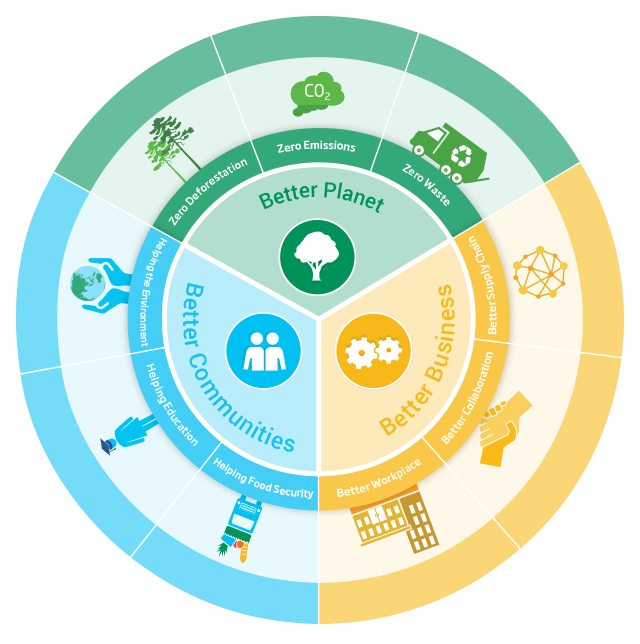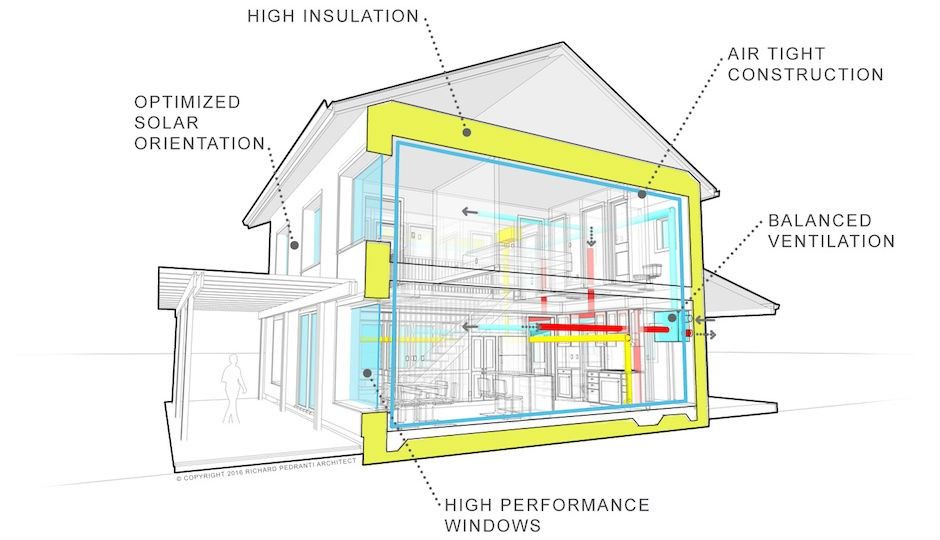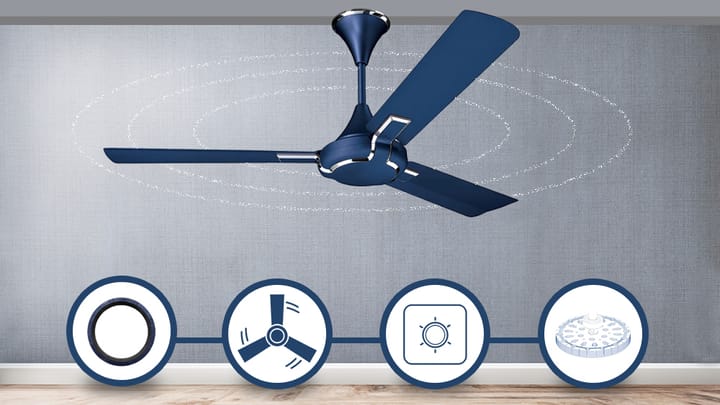Buildings can save lives, if built right!

Article by -Mohammed Arshad, Shilpa TM, Suparna Havelia
Imagine waking up every morning, welcoming a fresh breeze of clean air into your room that washes over your senses completely. Again, imagine if the the air we breathe at home and at work is toxin and pollution-free, which does not endanger our lungs. Wouldn’t it be wonderful to be considered among the green coded AQI (Air Quality Index) levels, rather than the usual red?
According to a EPA.gov report, more than 60% of World’s GHG Emissions are caused due to building energy use and associated energy production sectors. Buildings generate a large quantity of pollutants and trash, putting a burden on both human and environmental health. Buildings which are constructed without any 'Sustainable Planning and Execution' plan in place, tend to use more energy, which increases the demand on energy production. It, thereby, contributes to global warming, ozone depletion and contamination of the atmospheric air we breathe in every day.
Surprisingly, our buildings, may contain the key to a solution to curb rising environmental issues and concerns.
‘Ever-Green Superheroes'
Architects, urban planners, engineers, and policy makers are constantly sketching, planning and striving to work out solutions for developing greener, cleaner and smarter cities.

High-density urban areas, particularly those developed upon utilization of environment-friendly design and construction methods, can be more energy efficient and pollutant-free. Green buildings have proven benefits to basic health and productivity of its occupants.
Humans are increasing the likelihood of diseases, viral outbreaks and deadly pandemics like the COVID-19, by harming the ecosystem in several detrimental ways, one of which is rather harrowing to witness: chopping down forests and creating more 'concrete' infrastructure. Many ecologists have long assumed this, but a new research sheds light on why: although some species are vanishing, those that thrive — rats and bats, for example — are more likely to have potentially deadly diseases that may spread to people.

To study environmental changes, estimating dangers of infections crossing borders, and decreasing harmful human behaviors, ecologists should collaborate with infectious-disease researchers, public-health professionals, and doctors.
Parallel to such research-based works, they must release R&D documents among the city developers so that they can take conscious steps towards preserving the natural balance of the ecosystem and give rise to 'Evergreen Superheroes' - Green Buildings.
Sustainable Buildings – Are Both Economical and Ecological!
Green buildings use fewer resources and provide a healthier environment to live in. Green buildings, according to a Smart Market Report, offer considerable operating cost reductions as compared to traditional structures.


An Interesting research conducted by GBCI.org stated that, Green buildings, whether new or refurbished, attract a 7% boost in asset value over conventional structures, according to building owners.
Implementing sustainable construction and operation techniques may have a tremendous influence on India. According to them, including sustainable elements at the design and planning stages makes sense.
Sustainability cannot be introduced later to a project; it must be incorporated from the start. Some basic criteria, such as the optimal orientation of the building facade, cannot be modified once construction has begun.
So, what’s the long term solution to save our planet?
Sustainable energy supply must be economically practical, politically supported, socially inclusive, and environmentally acceptable, with all four legs—economic, political, social, and environmental—being equally important.
A well-balanced blend of power generation, sustainable growth, and environmental preservation is necessary for clean energy. When we attain this, then that day isn’t far when our natural environment, would not make us more vulnerable and easily susceptible to get Infected by any kind of an external viruses or diseases and hence it would be on our side helping us to develop natural immunity and societal well-being.



